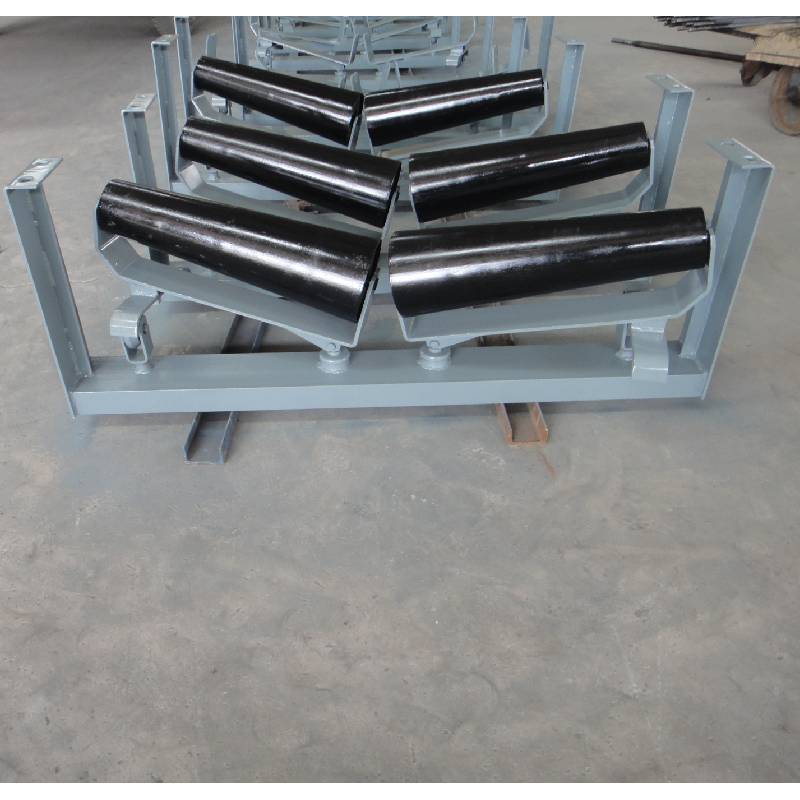 Afrikaans
Afrikaans  Albanian
Albanian  Amharic
Amharic  Arabic
Arabic  Armenian
Armenian  Azerbaijani
Azerbaijani  Basque
Basque  Belarusian
Belarusian  Bengali
Bengali  Bosnian
Bosnian  Bulgarian
Bulgarian  Catalan
Catalan  Cebuano
Cebuano  Corsican
Corsican  Croatian
Croatian  Czech
Czech  Danish
Danish  Dutch
Dutch  English
English  Esperanto
Esperanto  Estonian
Estonian  Finnish
Finnish  French
French  Frisian
Frisian  Galician
Galician  Georgian
Georgian  German
German  Greek
Greek  Gujarati
Gujarati  Haitian Creole
Haitian Creole  hausa
hausa  hawaiian
hawaiian  Hebrew
Hebrew  Hindi
Hindi  Miao
Miao  Hungarian
Hungarian  Icelandic
Icelandic  igbo
igbo  Indonesian
Indonesian  irish
irish  Italian
Italian  Japanese
Japanese  Javanese
Javanese  Kannada
Kannada  kazakh
kazakh  Khmer
Khmer  Rwandese
Rwandese  Korean
Korean  Kurdish
Kurdish  Kyrgyz
Kyrgyz  Lao
Lao  Latin
Latin  Latvian
Latvian  Lithuanian
Lithuanian  Luxembourgish
Luxembourgish  Macedonian
Macedonian  Malgashi
Malgashi  Malay
Malay  Malayalam
Malayalam  Maltese
Maltese  Maori
Maori  Marathi
Marathi  Mongolian
Mongolian  Myanmar
Myanmar  Nepali
Nepali  Norwegian
Norwegian  Norwegian
Norwegian  Occitan
Occitan  Pashto
Pashto  Persian
Persian  Polish
Polish  Portuguese
Portuguese  Punjabi
Punjabi  Romanian
Romanian  Russian
Russian  Samoan
Samoan  Scottish Gaelic
Scottish Gaelic  Serbian
Serbian  Sesotho
Sesotho  Shona
Shona  Sindhi
Sindhi  Sinhala
Sinhala  Slovak
Slovak  Slovenian
Slovenian  Somali
Somali  Spanish
Spanish  Sundanese
Sundanese  Swahili
Swahili  Swedish
Swedish  Tagalog
Tagalog  Tajik
Tajik  Tamil
Tamil  Tatar
Tatar  Telugu
Telugu  Thai
Thai  Turkish
Turkish  Turkmen
Turkmen  Ukrainian
Ukrainian  Urdu
Urdu  Uighur
Uighur  Uzbek
Uzbek  Vietnamese
Vietnamese  Welsh
Welsh  Bantu
Bantu  Yiddish
Yiddish  Yoruba
Yoruba  Zulu
Zulu Enhanced Performance of Conveyor Carrying Rollers for Optimal Material Handling Efficiency
Conveyor Carrying Roller The Unsung Hero of Material Handling
In the fast-paced world of logistics and manufacturing, efficiency is key. As businesses strive to optimize their operations and reduce overhead costs, one component often goes unnoticed—the conveyor carrying roller. While it may seem insignificant compared to more prominent machinery or technology, the carrying roller plays a crucial role in ensuring the smooth and effective movement of goods.
What is a Conveyor Carrying Roller?
A conveyor carrying roller is a cylindrical component that is part of a conveyor system. Its primary function is to support and guide the conveyor belt, allowing it to transport materials from one location to another effortlessly. These rollers are typically made of materials such as steel, rubber, or plastic, which provide durability and strength to withstand the stresses of heavy loads and continuous movement.
The Importance of Carrying Rollers
1. Efficiency in Material Handling The primary goal of any conveyor system is to move materials efficiently. Carrying rollers ensure that the belt remains in place and operates smoothly. This mechanical support minimizes friction, reducing wear and tear on both the conveyor belt and the transported materials. Efficient operation results in quicker production times and minimizes downtime, ultimately leading to enhanced productivity.
2. Load Distribution Carrying rollers are designed to distribute the load evenly across the conveyor belt. This feature is critical in preventing bottlenecks and ensuring that materials are loaded and unloaded without spillage or damage. By maintaining an even weight distribution, the longevity of the conveyor system is enhanced, reducing maintenance costs and improving overall reliability.
conveyor carrying roller

3. Versatility Conveyor carrying rollers come in various sizes and types, making them suitable for different applications across diverse industries. Whether in manufacturing, warehousing, or agriculture, these rollers adapt to varying loads and conveyor configurations. The ability to customize rollers for specific tasks allows businesses to streamline their operations, making the carrying roller a versatile asset.
4. Reduced Operating Costs While the initial investment in conveyor systems may be significant, the efficient operation facilitated by carrying rollers can lead to substantial cost savings over time. Minimizing friction and wear extends the lifespan of conveyor belts and reduces the frequency of replacements. Additionally, improved efficiency translates into energy savings and lower operational costs, making carrying rollers a wise investment.
Innovation and Advancements
As technology continues to evolve, so does the design and functionality of conveyor carrying rollers. Innovations such as bearing technology have enhanced the performance and durability of these components. High-quality bearings reduce friction, leading to smoother operation and a longer lifespan for both the rollers and the conveyor belt.
Moreover, advances in materials science have led to the development of lightweight yet robust carrying rollers, improving overall efficiency while reducing energy consumption. For instance, plastic and composite rollers are gaining popularity due to their corrosion resistance and reduced weight, making them ideal for specific applications.
Conclusion
In conclusion, the conveyor carrying roller may be a small component within a larger system, but its impact on efficiency and productivity cannot be overstated. By ensuring smooth operation, distributing loads evenly, and adapting to various industries, carrying rollers prove to be essential in modern material handling processes. As businesses continue to prioritize efficiency, investing in high-quality carrying rollers will undoubtedly yield long-term benefits. Recognizing and appreciating the role of this unsung hero can lead to improved operational performance and a competitive edge in today's dynamic market.
-
Revolutionizing Conveyor Reliability with Advanced Rubber Lagging PulleysNewsJul.22,2025
-
Powering Precision and Durability with Expert Manufacturers of Conveyor ComponentsNewsJul.22,2025
-
Optimizing Conveyor Systems with Advanced Conveyor AccessoriesNewsJul.22,2025
-
Maximize Conveyor Efficiency with Quality Conveyor Idler PulleysNewsJul.22,2025
-
Future-Proof Your Conveyor System with High-Performance Polyurethane RollerNewsJul.22,2025
-
Driving Efficiency Forward with Quality Idlers and RollersNewsJul.22,2025





























